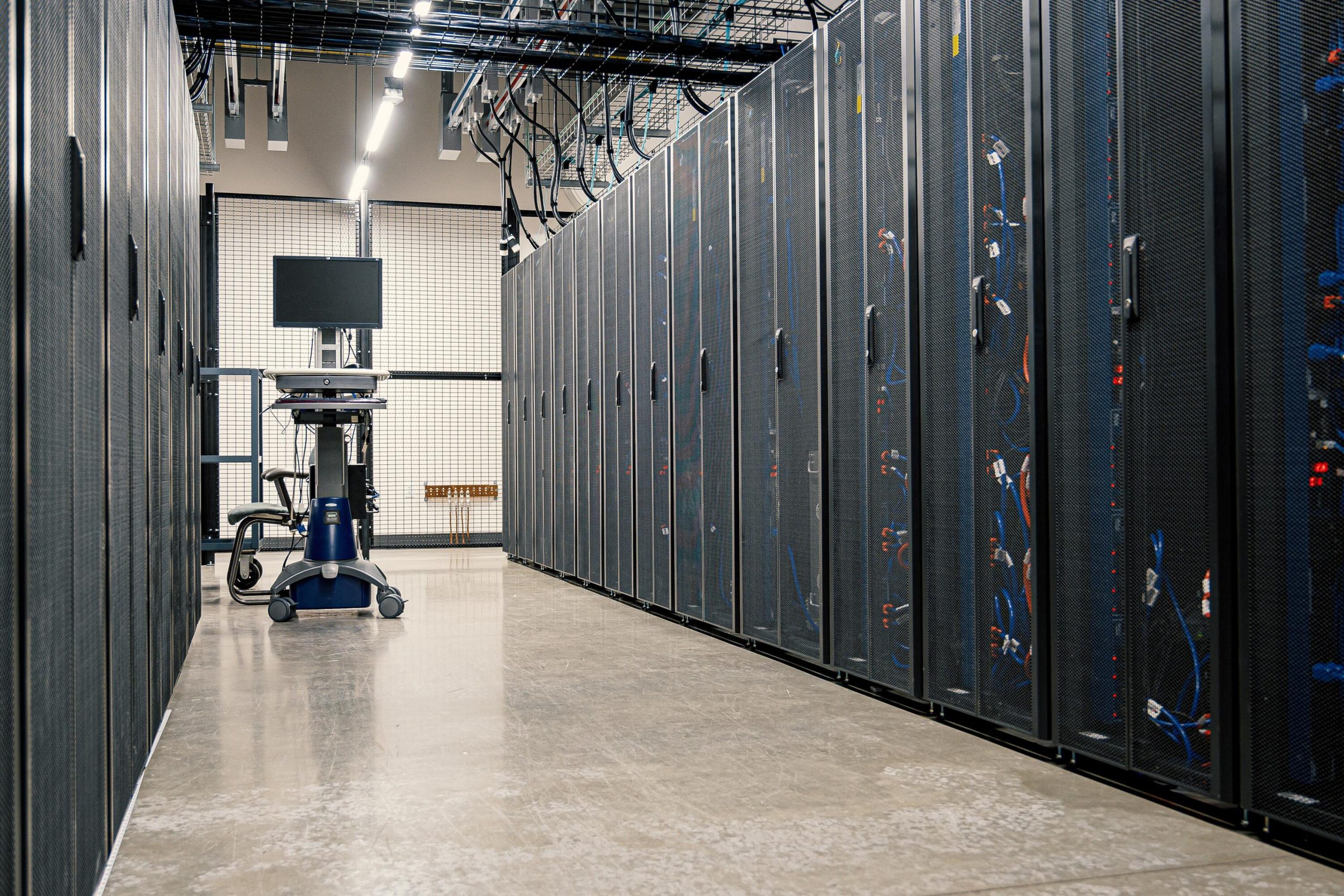If everybody in IT left, would your software systems still run? Of course they would. Any professional IT organization strives for hands-off, lights-out operation.
In the short term, a running system should not need any human intervention. It should automatically allocate more disk space and apply routine vendor patches. If you have a variable workload, your system should auto-scale or auto-throttle. User provisioning should be automated, as should routine password resets. System privileges should automatically follow the organizational role of an individual.
In the medium term, however, an unattended system will collapse. There will be emergency security patches that need manual attention. There will be changes in APIs you depend upon.
It remains to be seen if Elon Musk has retained enough talent to stave off the medium-term collapse of Twitter. How about you? Do you have the talent you need to maintain all your systems? Or are some of them left totally unattended, waiting for an implosion?





